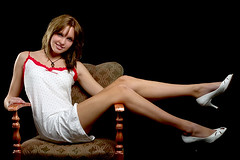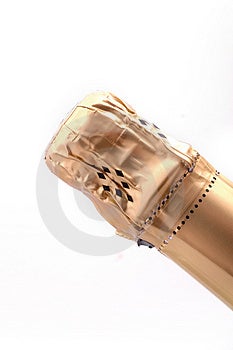Saturday, January 24, 2009
Photography tips: Bad weather
Monday, January 12, 2009
Photography tips: repetitions

Repetitions are everywhere, you only have to recognize them. Looking for them and photographing them is a great practice and helps you train your mind and eye. Like with the previous tip, you don't need any specific gear. Any camera will do.
Walk and watch
The best vehicle for this type of photography is by foot. Just walk around and look around. Chances are you´ll see a reptition in no time. If you see one, shoot it. But wait. Don´t move on yet. Walk around the object, or move it about if it´s small enough. Try different viewpoints, get closer, get further away. Don´t just zoom if you have a zoom lens. This is not about focal length. Moving closer or further away changes your point of view. A flight of stairs looks entirely different from 10 meters away than from right beneath it. Explore this differences. The object will probably retain its repetitions, but their nature will change, and so will your picture. Have fun!
Friday, January 9, 2009
Modeling tips: Hands!
 Principles
PrinciplesThe simplest principle is that the hand should not disturb the way you look. It should either be out of sight or nicely aligned with your arm (see picture to the left). For most shot, this principle is sufficient. Sometimes however, your hand needs to add to the emotion you’re expressing. This is the time to over-act. Dramatic poses can really be enhanced by large and even more dramatic gestures with one or both hands. Spread your fingers to draw attention to your hand. If the pose is more subtle, adjust the pose of your hand likewise, keeping your hands small and close to the body.
Hold it!
If you are using props, you have an entirely different use for your hands. For inexperienced models, this is a great help. Holding a prop often helps you to put your hand in a natural position. But do keep in mind that this requires your attention as well. Hold the prop the way you would in real life. And practice in front of a mirror. That will make you understand the link between what you feel and hopw you look.
Thursday, January 1, 2009
#100
 Happy New Year! I wish you all a very good 2009.
Happy New Year! I wish you all a very good 2009. But that's not the only joyful event today. This very article is artile #100 of this blog. Started in March, that boils down to an average of about 10 articles a month. Not quite the three articles a week I planned, but not too much below that target either. I hope you enjoy reading them and I do hope you keep coming back.
To celebrate this milestone, I send this picture to the free section of Dreamstime. Registered Dreamstime-users can download the hi-res version without a watermark for free. Note that registration at Dreamstime is free as well. Go to the free picture directly by clicking on the thumbnail in this article.

